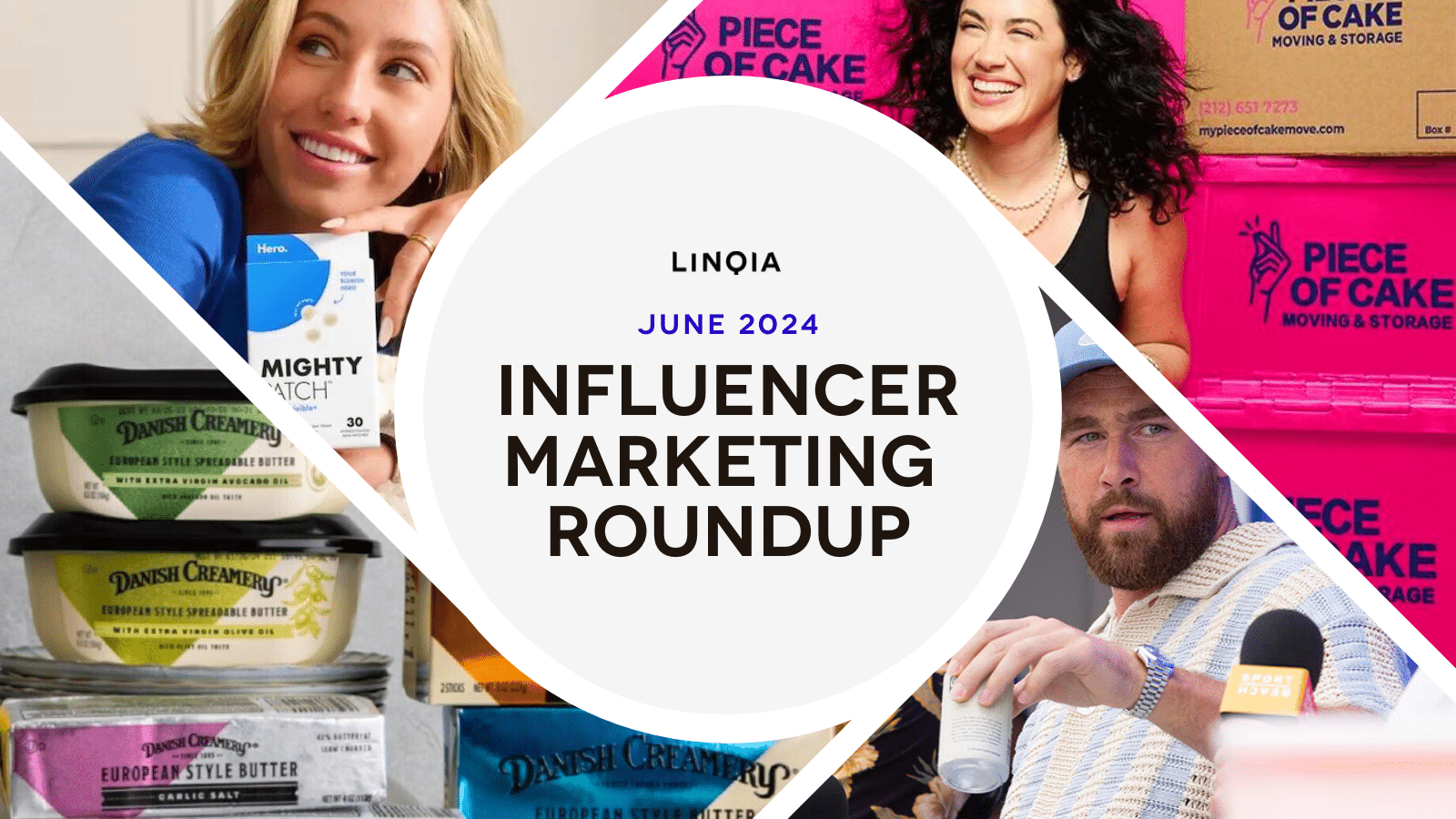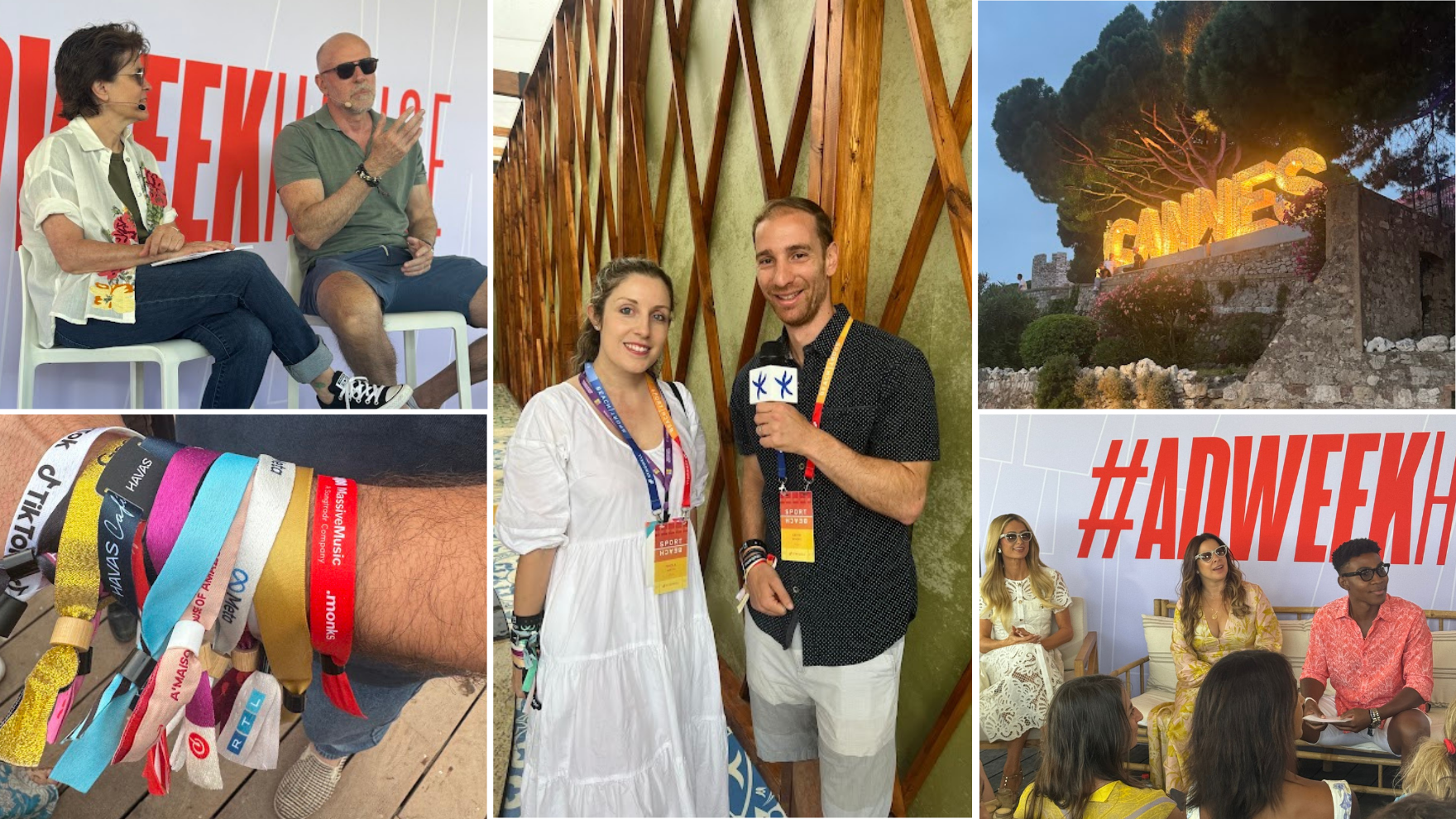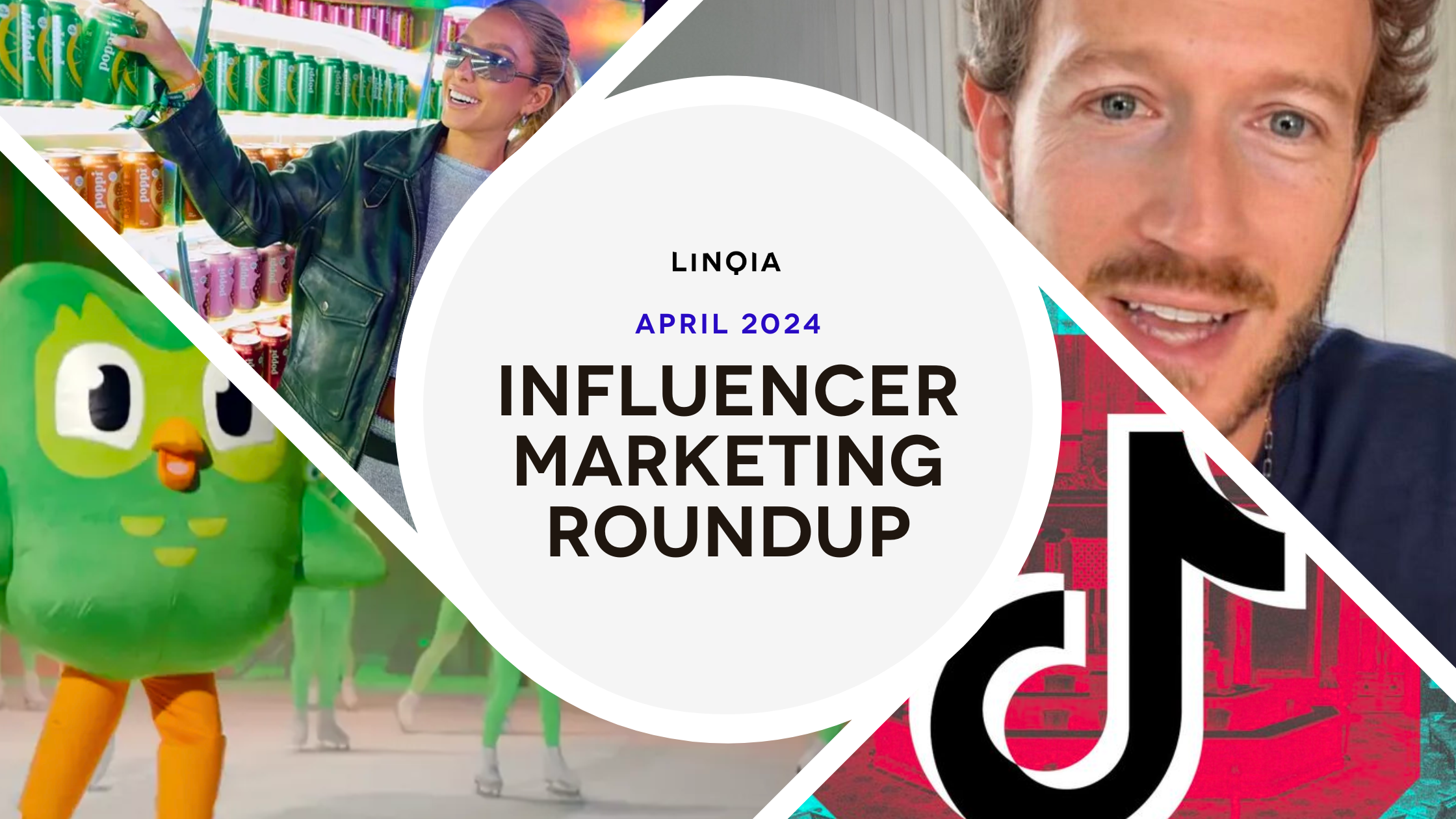This is the first article in a new monthly column on artificial intelligence (AI) by Jonathan Pollack, Linqia’s VP of Product. If you’d like to get his articles delivered to your inbox, please sign up to receive updates.
When people think about artificial intelligence (AI), they often think about Terminator or Westworld. However, these are depictions of “General Artificial Intelligence” and many experts disagree on when it will actually become a reality.
The truth is, AI is here today and it’s solving all sorts of specific problems, from self driving cars to face recognition in photos. When people say they work with AI, they usually fall into one of the following two categories:
- Folks pushing the frontier of AI forward towards General AI (like Google, OpenAI, and Academics).
- Folks who apply AI to solve a particular problem (like us at Linqia).
To understand applied AI, consider this analogy using manufactured shoes. Most shoes are made of similar materials, but they’re combined in a particular way for a specific purpose which results in various shoe types. Similarly, AI solutions can be thought of as combining established techniques in computer vision, natural language processing (NLP), and pattern recognition to solve a variety of problems.
Working with AI is exciting because of how quickly the state-of-art improves. For example, check out this incredible talk by Christopher Manning last month at Stanford:
Christopher Manning is an expert in language processing (if you own a text book on applying AI to understand language, he likely wrote it). In summary, Manning says, “Here’s the best way to solve EVERY natural language processing task… (#micdrop #BiLSTMwithAttention).”
But first, what is Natural Language Processing (NLP)? NLP refers to a field of AI focusing on understanding language, which includes reading comprehension, language translation, text summarization, question answering, sentiment analysis, and text generation.
Second, what is “BiLSTM with attention”? There’s a lot to unpack in those three words so here are the general mile markers. BiLSTM is a type of Deep Learning, which is a type of Neural Network, which is a type of Machine Learning, which is a type of AI. Google was behind one of the more recent demonstrations of the power of Deep Learning last year.
And lastly, what does this have to do with influencer marketing? At Linqia, we use NLP in two main ways:
- We process every post by our influencers using NLP to understand what they’re talking about, then use the data to best match them with brands that fit their vertical and expertise. This results in an increased degree of authenticity, which improves the program performance for the brand.
- We process every comment from the influencers’ followers using NLP, then perform sentiment analysis to understand how the general community reacts to each post. This is an important tool for improving brand safety as it provides insight into how their program (and brand) is received.
What does this all mean for Linqia and the brands that we work with? In summary, we use AI to deliver effective and efficient influencer marketing programs. Advancements in NLP are extremely exciting because it enables us to run high performance programs and provide greater levels of brand safety for our customers. And we’re just getting started – stay tuned for more to come.




